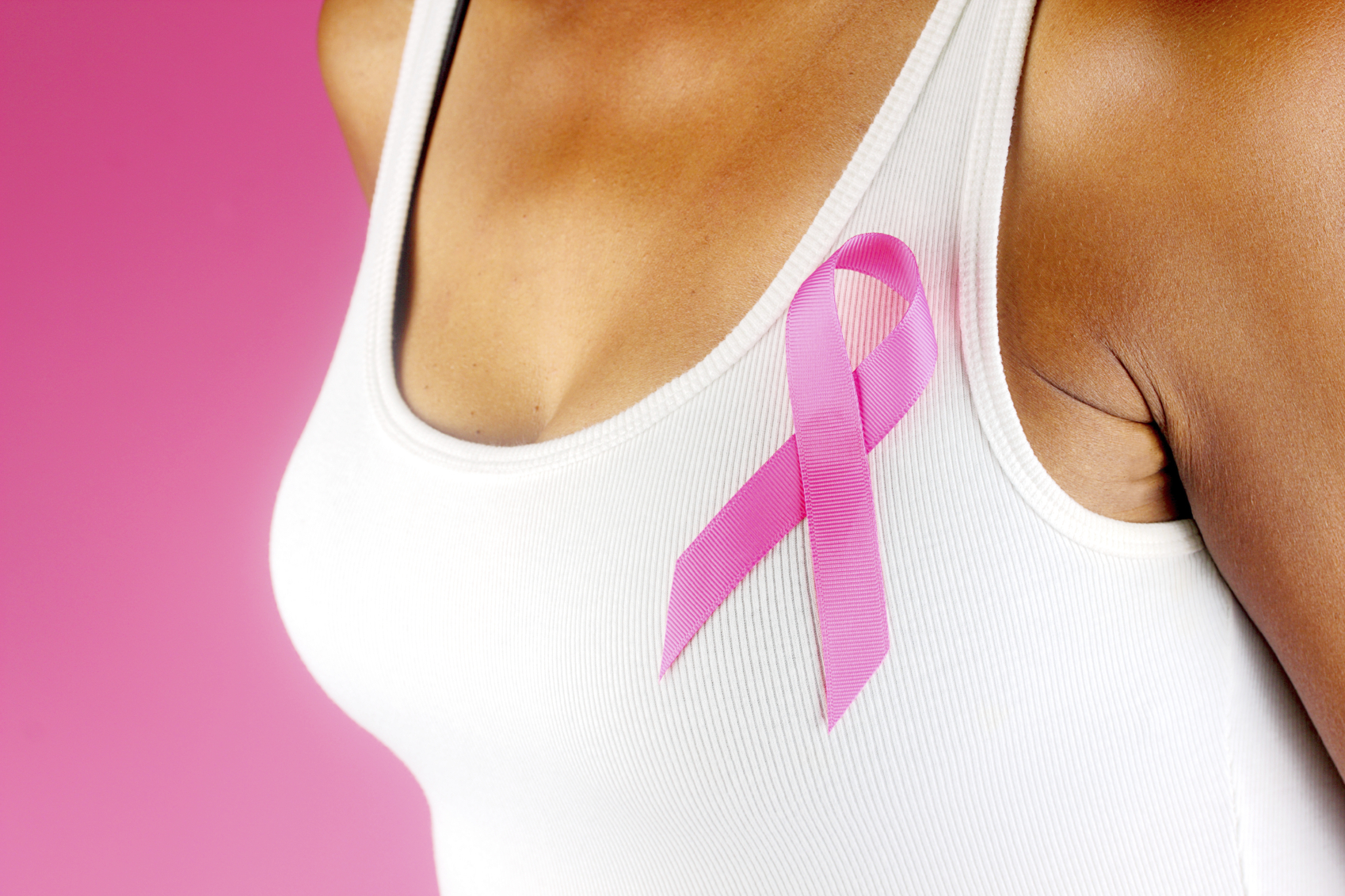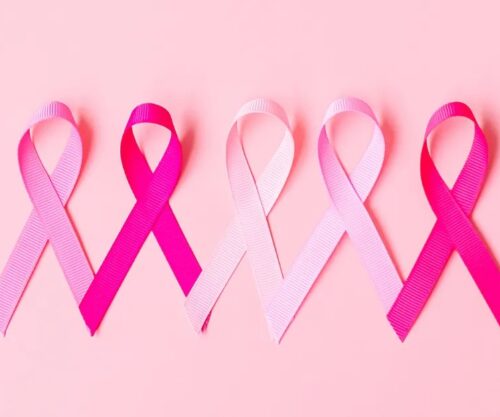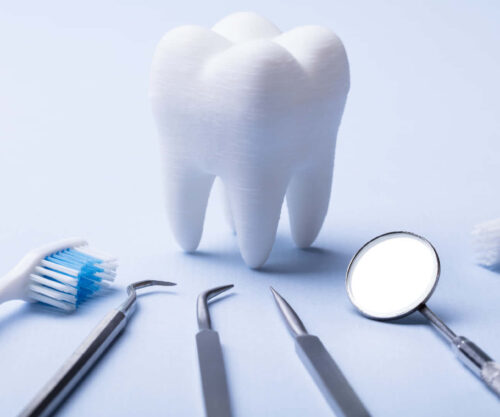
Breast Cancer Awareness Month is winding down but that doesn’t mean we have to stop caring about the issue.
“According to the National Cancer Registry, breast cancer is the most common cancer among South African women, constituting 20.82% of all cancers” says Dr Philippa Peil, Chief Medical Officer at Liberty. “The global statistics are just as frightening; breast cancer accounts for one out of every four diagnoses of cancer in women worldwide, with more than 1.1 million women being diagnosed annually. It is also the most frequently diagnosed cancer and is the leading cause of deaths among women diagnosed with cancer globally.”
While there’s no known exact cause of breast cancer, being proactive about your health with an early detection plan can save your life.
Dr Peil shares the below tips to get you started:
1.How do I check for breast cancer?
The best way to check for a breast lump is for a woman to do self-examination on a regular basis. This will assist her to understand what lumps are normal due to hormonal changes and what lumps need to be checked by her doctor. There is no particular method of self-examination that has been shown to work best as long as the whole breast is examined both sides, the skin and the shape of the breasts. Any changes must be reported to your doctor immediately.
2. When should you go for a mammogram?
South Africa doesn’t have specific guidelines, but most other countries suggest going for a mammogram from age 40, although others only recommend going from age 50. The best option is to discuss this with your doctor as they’ll be able to assist you in deciding what’s best for you. If there’s a family history of breast cancer, you may need to go earlier.
3. What happens if a lump is found?
If you feel a lump, you need to go to your doctor to get it checked out immediately. If they’re concerned about the lump because, for example, of factors like the age of patient, family history or other indications of malignancy (like a retracted nipple or dimpling of the skin), then they’ll suggest a mammogram and ultrasound of the breasts. Once the results are in, the radiologist may suggest a fine needle biopsy which your doctor will discuss with you.
Once this has been done, dependent on the histology report from the laboratory, your doctor may send you to a specialist after discussing the results with you, or you’ll be asked to have a mammogram in 6-12 months’ time. The specialist will discuss further treatment which may involve a lumpectomy, a mastectomy, chemotherapy, or radiation therapy, depending on the staging (how far the cancer has spread in the body).
4. When would a biopsy be required?
A biopsy would only be required if the radiologist suspects from the films that the lump is not benign. However, this does not mean that the histology will come back showing evidence of cancer.
5. When would a mastectomy be required?
Whether a woman requires a mastectomy is dependent on the stage of the cancer at diagnosis, the doctor’s suggestions and her own preferences.
6. How can I prevent breast cancer?
The best way to prevent breast cancer is to assess your risk factors and then try to reduce these. Studies have shown that women who breast feed have a lower risk of developing breast cancer than those who don’t.




